Canada, known for its vast landscapes and natural resources, has been increasingly exploring the potential of geothermal energy as a sustainable alternative to traditional fossil fuels. While the country's geothermal resources are not as prominent as those in volcanic regions like Iceland or New Zealand, significant advancements and investments have been made to tap into this clean energy source. The development of geothermal energy in Canada presents both opportunities and challenges, shaping the future of the nation's renewable energy portfolio.
The geology of Canada offers varying degrees of geothermal potential across its provinces and territories. Western Canada, particularly British Columbia, Alberta, and Saskatchewan, has shown promising geothermal activity due to its proximity to the Pacific Ring of Fire. The sedimentary basins in these regions contain hot sedimentary aquifers that can be utilized for direct heat applications or electricity generation. In contrast, Eastern Canada has lower geothermal gradients, making large-scale projects less feasible. However, shallow geothermal systems for residential and commercial heating remain viable even in these areas.
One of the most notable geothermal projects in Canada is the Alberta No. 1 project near Grande Prairie. This initiative aims to harness geothermal energy for both power generation and direct heating, potentially reducing greenhouse gas emissions by thousands of tons annually. Similarly, British Columbia has seen growing interest in geothermal exploration, with companies like Borealis GeoPower leading the charge in developing projects such as the South Meager Geothermal Project. These efforts highlight the gradual but steady progress in Canada's geothermal sector.
Despite the potential, geothermal energy in Canada faces several hurdles. High upfront costs for drilling and exploration pose a significant barrier, particularly when compared to more established renewable sources like wind and solar. Additionally, the lack of a comprehensive regulatory framework specific to geothermal energy has slowed development in some regions. Unlike oil and gas, which have well-defined policies, geothermal projects often navigate a patchwork of regulations that vary by province, creating uncertainty for investors and developers.
Public and private sector collaboration has been crucial in advancing geothermal energy in Canada. Federal and provincial governments have introduced funding programs and incentives to support research and development. For instance, Natural Resources Canada's Emerging Renewable Power Program has allocated millions of dollars to geothermal projects. Private companies, meanwhile, are leveraging expertise from the oil and gas industry to repurpose existing infrastructure, such as inactive wells, for geothermal applications. This synergy between sectors could accelerate the growth of geothermal energy in the coming years.
The environmental benefits of geothermal energy make it an attractive option for Canada's climate goals. Unlike fossil fuels, geothermal systems produce minimal emissions once operational, contributing to the country's commitment to reducing carbon footprints. Moreover, geothermal plants have a small land footprint compared to other renewable energy installations, preserving natural habitats. As Canada strives to meet its Paris Agreement targets, geothermal energy could play a pivotal role in the transition to a low-carbon economy.
Looking ahead, the future of geothermal energy in Canada hinges on technological innovation and policy support. Enhanced geothermal systems (EGS), which involve creating artificial reservoirs in hot dry rock, could unlock previously inaccessible resources. Advances in drilling technology, borrowed from the oil and gas sector, may also reduce costs and improve efficiency. On the policy front, clearer regulations and long-term incentives will be essential to attract sustained investment. If these factors align, geothermal energy could emerge as a key player in Canada's renewable energy landscape.
Communities across Canada are beginning to recognize the local benefits of geothermal energy. Remote and Indigenous communities, in particular, stand to gain from decentralized geothermal systems that provide reliable heat and power without relying on diesel generators. Projects like the one in Fort Nelson, BC, demonstrate how geothermal energy can enhance energy security and reduce costs for off-grid populations. As awareness grows, more municipalities and Indigenous groups are likely to explore geothermal solutions tailored to their needs.
While geothermal energy currently accounts for a small fraction of Canada's energy mix, its potential is undeniable. With the right combination of investment, innovation, and policy support, geothermal could become a cornerstone of the country's renewable energy strategy. As the world shifts toward sustainable energy sources, Canada's geothermal resources may finally get the attention they deserve, paving the way for a cleaner, greener future.

By Laura Wilson/Apr 14, 2025

By Joshua Howard/Apr 14, 2025

By John Smith/Apr 14, 2025
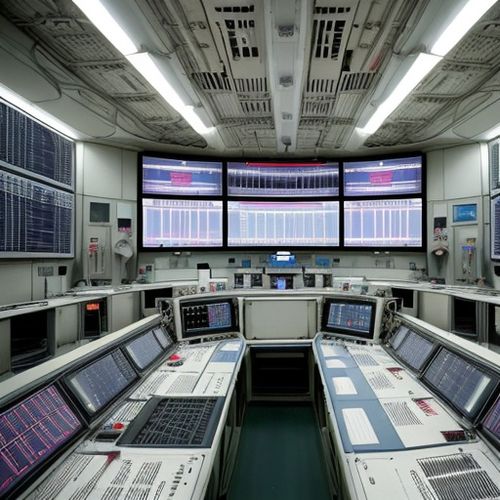
By George Bailey/Apr 14, 2025

By Thomas Roberts/Apr 14, 2025

By Amanda Phillips/Apr 14, 2025
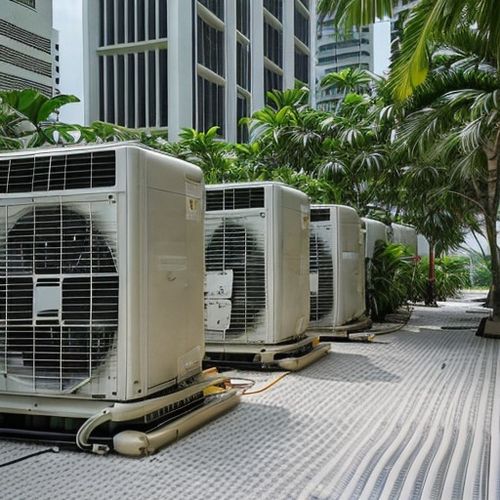
By Daniel Scott/Apr 14, 2025
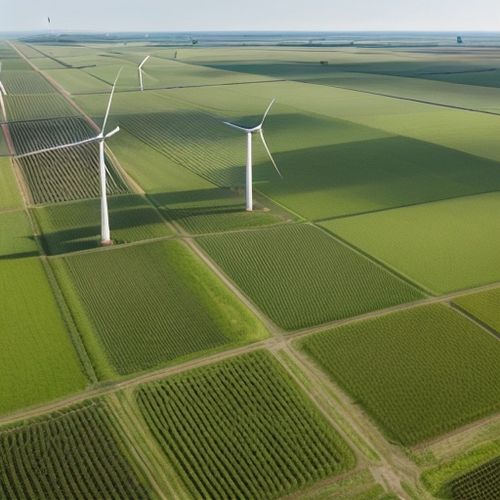
By John Smith/Apr 14, 2025
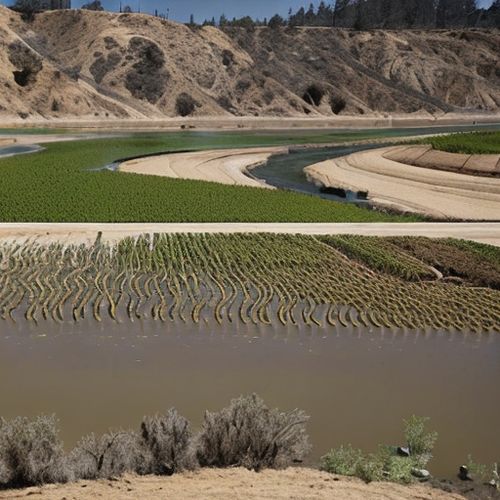
By Amanda Phillips/Apr 14, 2025
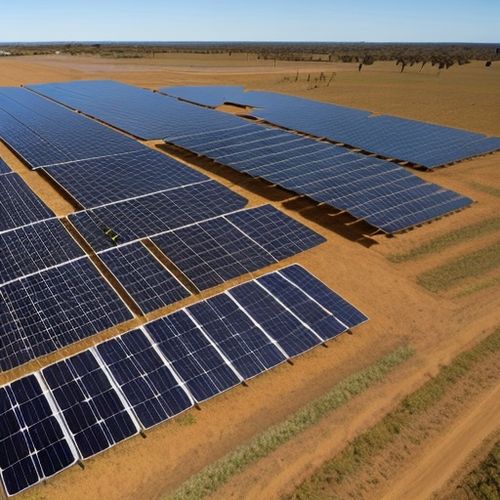
By Christopher Harris/Apr 14, 2025

By Eric Ward/Apr 14, 2025

By Eric Ward/Apr 14, 2025

By David Anderson/Apr 14, 2025

By Thomas Roberts/Apr 14, 2025

By Grace Cox/Apr 14, 2025

By George Bailey/Apr 14, 2025

By Ryan Martin/Apr 14, 2025

By Thomas Roberts/Apr 14, 2025

By Samuel Cooper/Apr 14, 2025

By Rebecca Stewart/Apr 14, 2025